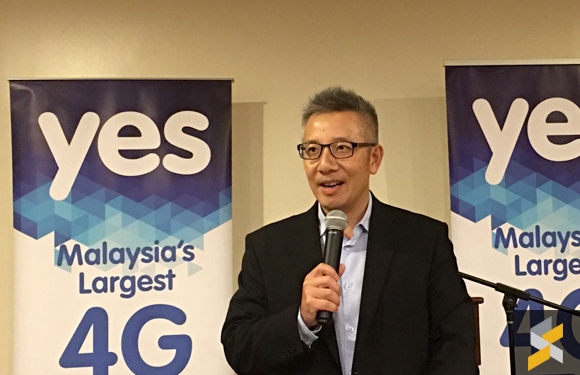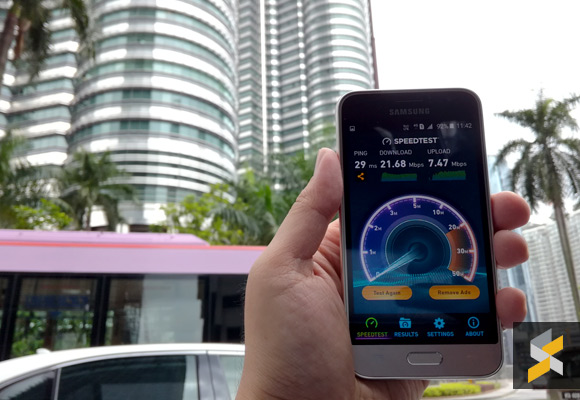Yes is Malaysia’s fifth telco to launch 4G LTE and they are about to reveal their full plans at the end of the month. Ahead of its official roll out, owners of the new Samsung Galaxy J (2016) series (J1, J5 and J7) are able to try out their network with the bundled prepaid SIM.
I have been using the SIM for a week and here are my findings so far.
Lets start with the technical bits. In Malaysia, most telcos including Celcom, Maxis, Digi and U Mobile are operating on FDD-LTE (Frequency Division Duplex) at 1800MHz (Band 3) and 2600MHz (Band 7). For TM’s new Webe service, they are running on 850MHz (Band 5), which is why they are called “850 by Webe“.
So what’s the deal with these different bands? The higher the frequency (e.g. 2300MHz/2600MHz) offers higher capacity but it isn’t as good for penetrating walls and buildings. Lower frequency (e.g. 700MHz, 850MHz) is great for wider reach especially in rural areas but the disadvantage is lower capacity.

For Yes, they are running on TDD-LTE (Time Division Duplex) at 2300MHz (Band 40) and 2600MHz (Band 38) that’s great for high density areas. If you’re unfamiliar, TDD-LTE isn’t entirely new and it is widely deployed in China and also in India. Most global phones from Samsung, Apple, Huawei and Xiaomi are already supporting dual-band LTE.
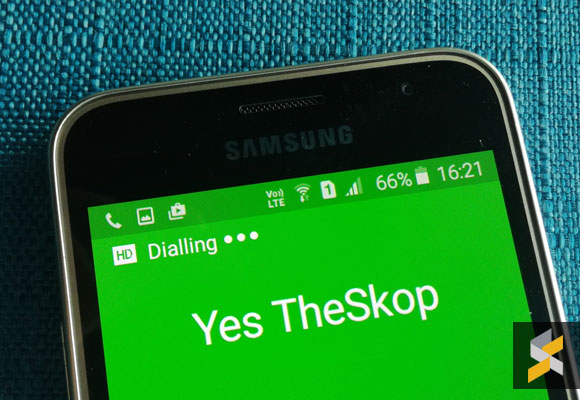
When it comes to voice calls, most 4G telcos still rely on the old school 2G/3G network. If you noticed, 4G LTE is used only for data and you’ll be switched to 3G automatically whenever a call comes in. Unlike the rest, Yes runs purely on 4G and voice calls are delivered via VoLTE (Voice over LTE). As a result, calls are connected faster and the quality is noticeably clearer. That also means that you would need a phone that supports both TD-LTE and VoLTE which are getting pretty common these days.
You can hear it for yourself in our VoLTE test.
4G Roadtest
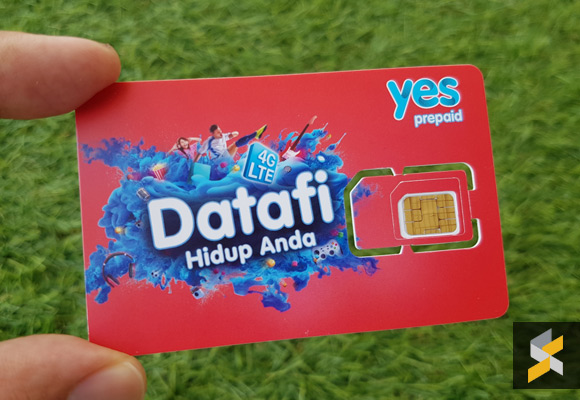
So how does Yes perform as an LTE network? The coverage around the Klang Valley is quite extensive with an average download speeds between 15-30Mbps while uploads hover around 3-8Mbps. The numbers are not blazing fast like certain LTE-A telcos but it is good enough for streaming HD video content. Do note that the network is still new and things may change when they go live with more subscribers.
Jalan Templer – Old Klang Road junction

Old Klang Road – Jalan Puchong junction

Great Eastern Mall, Jalan Ampang

Jalan Imbi (Berjaya Times Square)

Federal Highway (Outside Bangsar South)

Would I use this as a primary line?
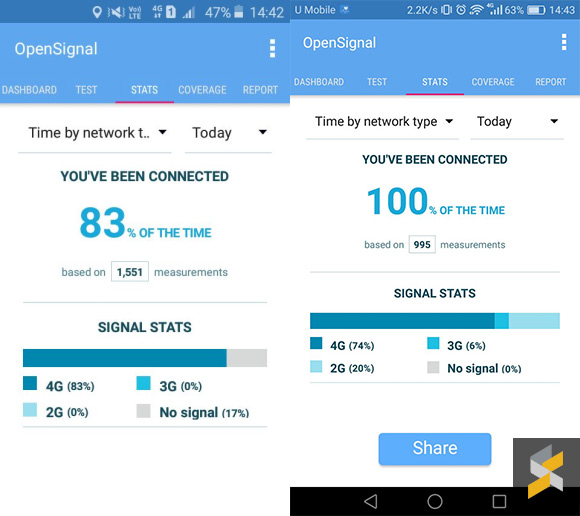
For me, coverage is very important and Yes does have a couple of black spots especially for indoors. As you can see above, there are places where there’s no signal at all. Unlike U Mobile and Webe, there’s no backup 2G or 3G coverage for them to rely on. One of the biggest coverage shortfalls is Sarawak which Yes aims to cover before the year is out. For now, they are off to a good start and eventually they would reduce the gaps as they expand their network further.
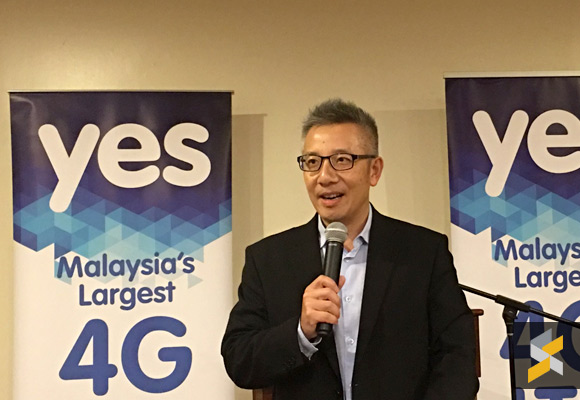
At the moment, I’m still not convinced to switch to Yes as my sole mobile provider. Having said that, if the plans are compelling enough, they could make a great second SIM just for data. From the general sentiments, people want faster speeds with loads of data. Can Yes deliver that in a simple yet affordable solution? We’ll have wait until 30 June to find out.

